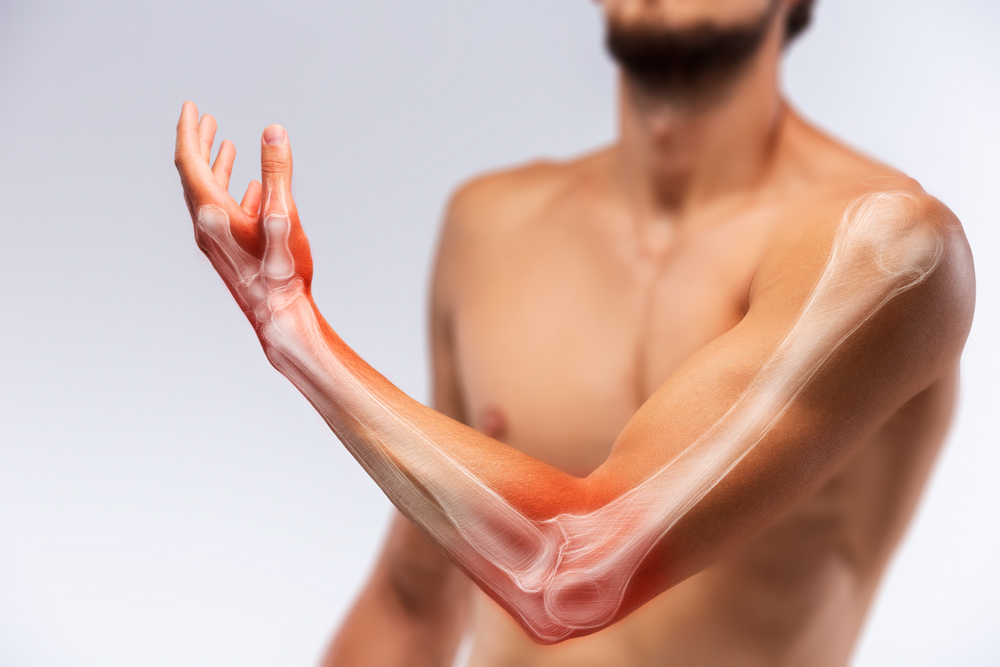-

-
About Us
- Our Vision
-
Personalized Care
Personalized Care Personalized Care Intro
Diagnostic Tests
- Digital X-Ray
- DynaROM
- 3D Body Scanning
- Gastrointentinal Health
- Organic Acids
- Comprehensive Stool Analysis
- Food Sensitivity
- Dietary Antigen Complete
- Endocrinology
- Thyroid Panel
- DUTCH Hormone Test
- Neurotransmitter Profile
- Adrenal Profile
- Nutritional Status
- Vitamin D
- Homocysteine
- Methylmalonic Acid
- Urine Iodine
- Organic Acids
- Copper Zinc Profile
- Essential Fatty Acid Profile
- RBC Metals & Minerals
- Toxic & Essential Elements
- RBC Elements
- Urine Toxic Metals
- Hair Metals & Minerals
- Urine Halides
Treatments
- Avacen Therapy
- Bioidentical Hormone Replacement Therapy (Anti-Aging)
- Chiropractic Care
- Electric Muscle & Nerve Stimulation
- Emsculpt Neo
- Emsella Treatment
- Erchonia Laser (Model EVRL)
- Exosomes
- Hair Restoration
- Headache & Migraine Treatment
- Hyaluronic Acid Injection
- Intersegmental Traction
- IV Nutrient Therapy
- Laser Lipo
- Massage Traction Chair
- PRP Facials
- PRP for Erectile Dysfunction
- PRP for Female Sexual Dysfunction
- PRP for Pain Relief
- PRP for Urinary Incontinence
- Semaglutide
- Shockwave Therapy for Cellulite & Skin Tightening
- Shockwave Therapy for Pain Relief
- Shockwave Therapy for Female Sexual Dysfunction
- Shockwave Therapy for Male Sexual Dysfunction
- Skin Rejuvenation
- Spinal Decompression
- TENS Unit
- Testosterone Replacement Therapy (TRT)
- Therapeutic Ultrasound
- Thyroid Care
- Trigger Point Therapy
- Durable Medical Equipment
- Ankle-foot Orthosis
- Cervical Rehab Coller
- Custom Foot Orthotics
- Lumbosacral Orthosis
- Osteoarthritis Knee Brace
- Wrist Brace
- FAQs
- Testimonials
- Pain Relief
- Weight Loss
-
Sexual Wellness
-
Anti-Aging
-
Resources
- Blog
- Video Library
- Store
-
Health Condition Library
Health Condition Library
- Ankle Osteoarthritis
- Bulging Spinal Disc
- Carpal Tunnel
- Cervical Degenerative Disc Disease
- Cervical Radiculopathy
- Elbow Bursitis
- Erectile Dysfunction
- Fatigue
- Female Hormone Imbalance
- Female Sexual Dysfunction
- Fibromyalgia
- Foot Arthritis
- Frozen Shoulder
- Golfer’s Elbow
- Hand Arthritis
- Headache
- Hip Bursitis
- Hip Osteoarthritis
- Hyperthyroidism
- Hypothyroidism
- Knee Bursitis
- Knee Osteoarthritis
- Low Testosterone
- Lumbar Degenerative Disc Disease
- Migraines
- Musculoskeletal Pain
- Obesity
- Osteoarthritis
- Plantar Fasciitis
- Plantar Fibroma
- Rotator Cuff Injury
- Sciatica Pain
- Shoulder Bursitis
- Shoulder Osteoarthritis
- Tennis Elbow
- Thoracic Degenerative Disc Disease
- Urinary Incontinence
- Weight Gain
- Wrist Arthritis
- Wrist Bursitis
- Contact
Understanding Golfer’s Elbow
Alternate Names: Golfer’s elbow is also referred to as medial epicondylitis, flexor tendinopathy, or pronator teres syndrome.

Introduction:
Golfer’s elbow, medically known as medial epicondylitis, is a condition that causes pain and inflammation in the tendons of the forearm muscles. Despite its name, this condition can affect not only golfers but also individuals who engage in repetitive wrist and forearm movements. In this comprehensive guide, we will delve into the various aspects of golfer’s elbow, including its symptoms, causes, and multiple treatment options.
Symptoms:
The primary symptom of golfer’s elbow is pain and tenderness on the inner side of the elbow, which may radiate down the forearm. This pain is often exacerbated by activities that involve gripping, lifting, or repetitive wrist movements. Other symptoms may include stiffness, weakness, and difficulty in fully extending the arm.
Causes:
Golfer’s elbow is characteristically caused by repetitive stress or overuse of the forearm muscles. Activities such as golfing, throwing, racket sports, weightlifting, and repetitive gripping can strain the tendons, leading to inflammation and pain. Additionally, poor technique, improper equipment, and inadequate warm-up can contribute to the development of golfer’s elbow.
Treatment Options:
- Rehab Therapy: A therapist can guide you through specific exercises and stretches to strengthen the forearm muscles and improve flexibility. They may also use methods like ultrasound or electrical stimulation to promote healing.
- PRP Injections: Platelet-rich plasma (PRP) treatment has gained attention as a potential therapy for golfer’s elbow, or medial epicondylitis. PRP involves injecting a concentrated solution derived from the patient’s blood directly into the affected area. The platelets in PRP release growth factors that promote tissue repair and reduce inflammation. This can accelerate healing and alleviate symptoms such as pain and stiffness associated with golfer’s elbow. While research on PRP for golfer’s elbow is ongoing, some studies suggest it may offer benefits, particularly for individuals who have not responded to other conservative treatments.
- Brace or Splint: Wearing a brace or splint can help stabilize the affected area and reduce strain on the tendons. This can be particularly beneficial during activities that may exacerbate the condition.
- Extracorporeal Shockwave Therapy (ESWT): Extracorporeal Shockwave Therapy (ESWT) is a non-invasive treatment option for golfer’s elbow. During ESWT, high-energy shockwaves are applied to the affected area, stimulating tissue repair and reducing inflammation. This therapy aims to break down scar tissue and promote healing of the tendon. ESWT sessions typically last around 15-20 minutes, and multiple sessions may be required for optimal results. While research on ESWT for golfer’s elbow is ongoing, some studies suggest it may provide pain relief and improve function, particularly for individuals who have not responded to other conservative treatments.
Conclusion:
Golfer’s elbow can be a painful and limiting condition, but with proper understanding and treatment, individuals can find relief and regain functionality. By recognizing the symptoms, identifying the causes, and exploring various treatment options, individuals can take proactive steps towards managing and overcoming golfer’s elbow.









